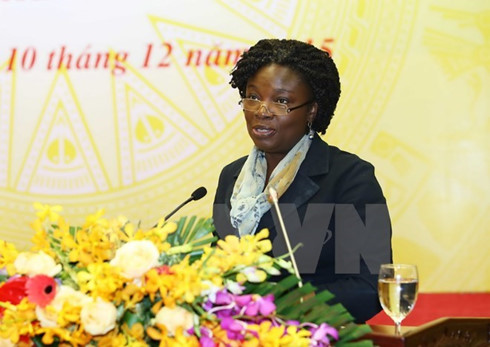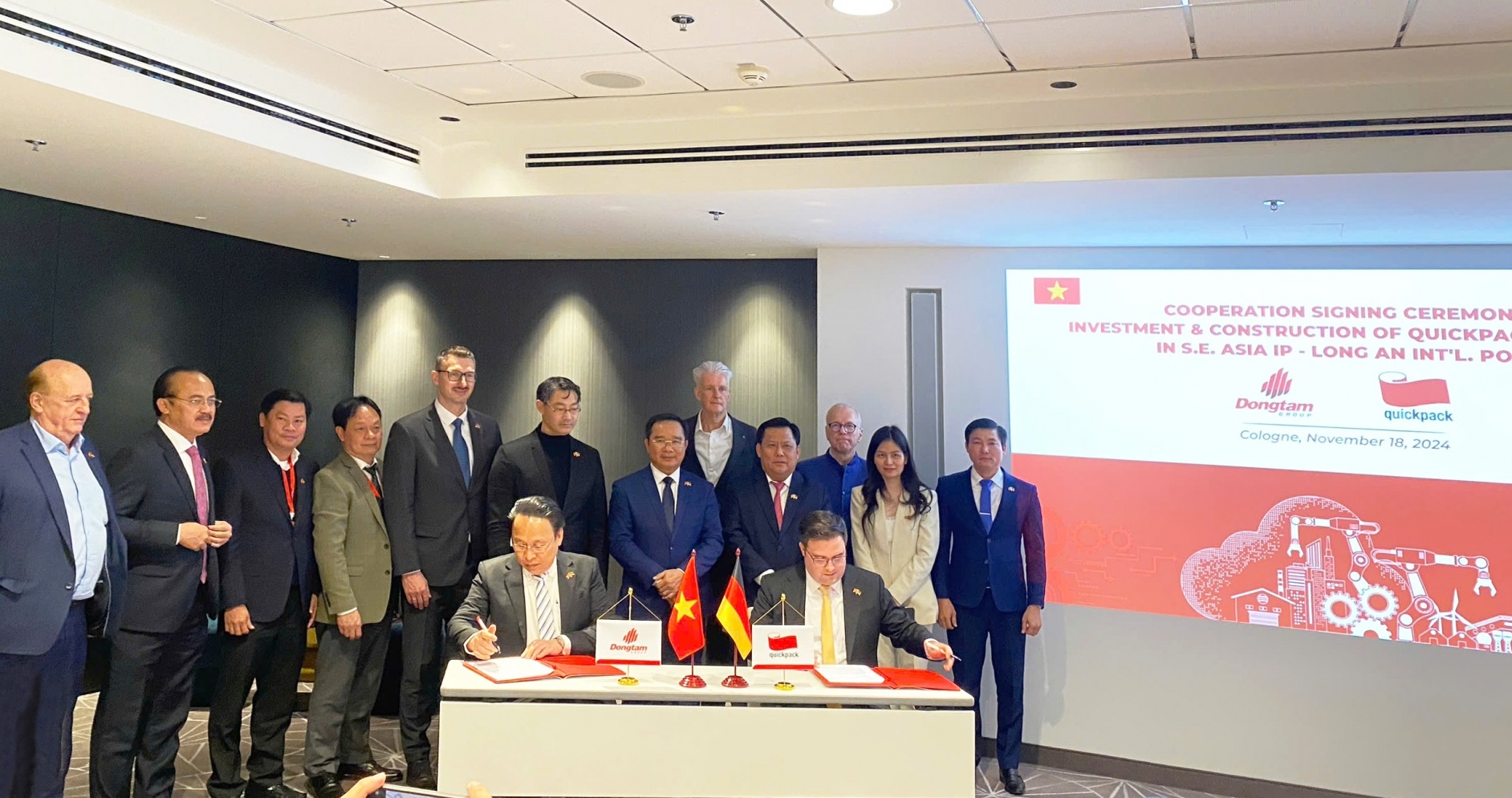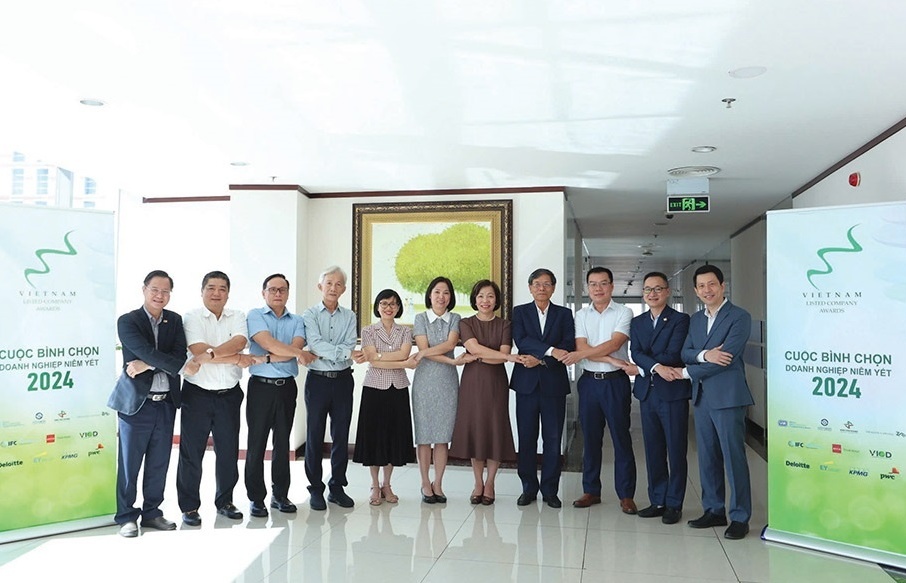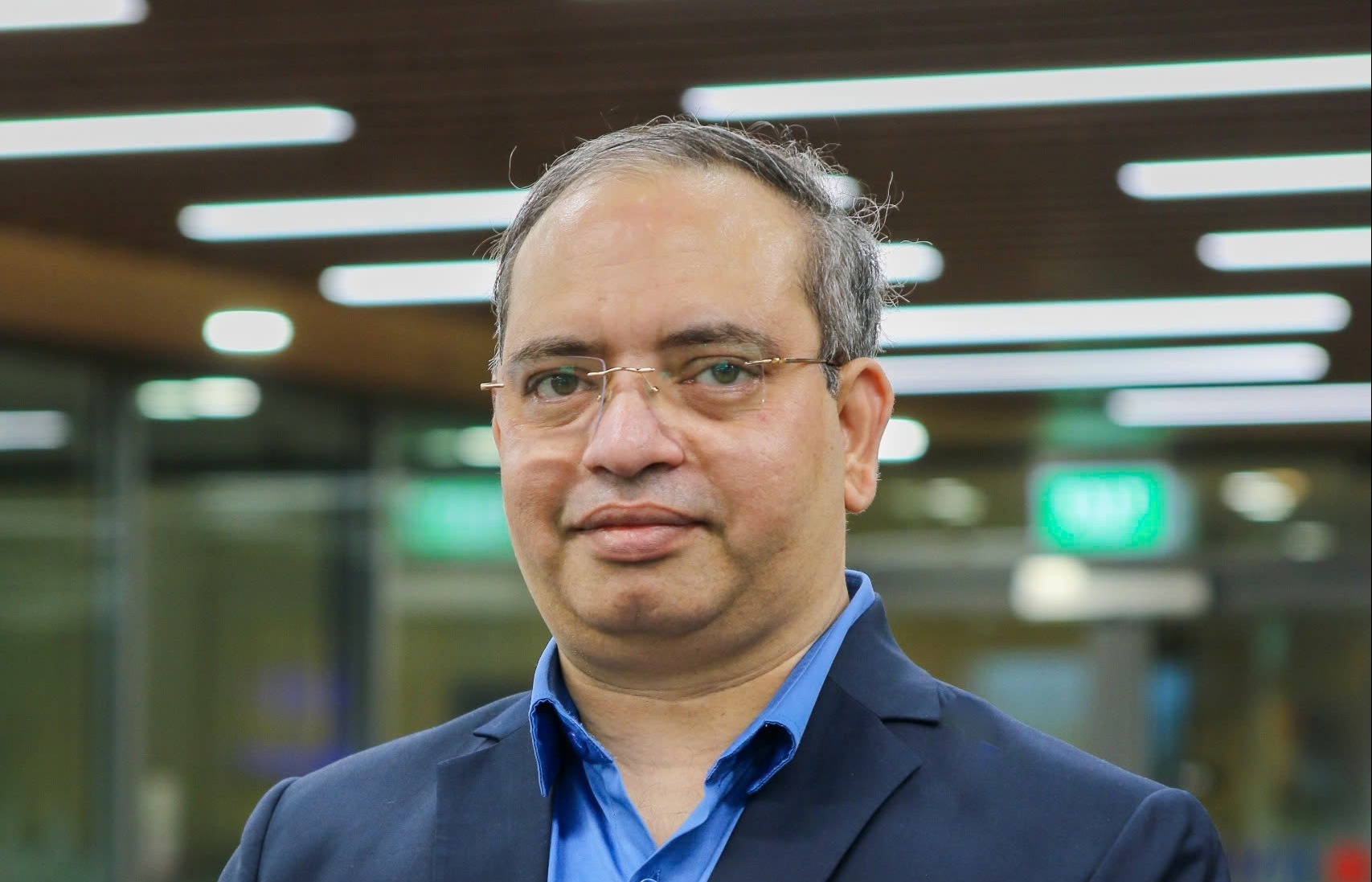WB continues helping Vietnam realise socio-economic goals
 |
| World Bank Country Director for Vietnam Victoria Kwakwa |
World Bank Country Director for Vietnam Victoria Kwakwa has made the remarks in an interview granted to the Vietnam News Agency. The following is the full text of the interview.
“Q: Please let us know your views on Vietnam’s achievements after 30 years of reforms.
Thirty years of economic reforms have transformed Vietnam. From a poor, rural, centrally planned economy, closed to much of the outside world, Vietnam has become a rapidly-urbanising dynamic middle-income country with a market-oriented economy.
Vietnam has opened up to international trade and investment and is integrating into global production networks. Vietnam has built up an impressive record of strong economic growth that has also been equitable and stable. GDP growth per capita has averaged 5.5% a year since 1990, yielding a three-and-a-half-fold increase in average income. And growth has been inclusive, as seen in a fairly small increase in the Gini coefficient and the faster income growth of the bottom 40% of Vietnamese.
Social outcomes have improved dramatically across the board. Poverty has fallen rapidly, and using the US$1.90-a-day standard, poverty rate fell from 50 percent in the early 1990s to 3%t today. Not only are incomes higher, the Vietnamese population is better educated and has a higher life expectancy than most countries at a similar per capita income.
In recent international tests Vietnamese students outperformed the average for countries in the Organisation for Economic Co-operation and Development (OECD), with remarkably little variation across income groups and urban–rural locations. The maternal mortality ratio has fallen below the upper middle income countries average, while under-five mortality has fallen by half, to a rate slightly above that average. Access to basic infrastructure has also improved substantially. Electricity is now available to almost all households, up from less than half in 1993. Access to clean water and modern sanitation has risen from less than 50% of all households to more than 75%.
Q: What would be the challenges and opportunities for Vietnam in 2016 and the years beyond?
As Vietnam begins 2016, the economic picture is overall positive. The country has emerged from the slowdown of the last four years and is now on a growth trajectory. We believe this economic recovery will be sustained amid the current turbulence in world markets. Vietnam’s outlook is looking strong compared to several other countries in the region.
Vietnam is embarking on a new wave of regional and international integration that should open up new markets, and support its industrialisation including by providing opportunities for Vietnamese businesses to increase their participation in global value chains. The TPP in particular will also go beyond trade integration to promote modernisation and Vietnam’s move to international standards on a range of institutional issues including public procurement, labor relations and intellectual property rights. Vietnam is already beginning to see greater investor interest in the wake of the new international agreements and the relocation of some businesses from other countries—notably China —to take advantage of the upcoming TPP implementation.
But Vietnam also faces challenges. Of immediate concern is the growing fiscal pressure that is driving up the national debt. In addition, for Vietnam’s highly open economy, a stronger cushion of foreign exchange reserves, would be desirable to safeguard against external volatility. Rebuilding fiscal space and higher foreign exchange reserves would solidify macroeconomic resilience and provide the economy the capacity to respond to shocks both domestic and external.
Beyond these immediate concerns, Vietnam is also faced with more structural challenges such as (i) completing its market transition, particularly putting in place effective market institutions that promote open competition and security of property rights and re-defining the role of the state in the economy; (ii) leveraging the opportunities of integration for industrialisation; (iii) increasing learning and innovation; (iv) using urbanization to spur growth; and (v) charting a more environmentally sustainable development path including building climate resilience.
Actions on these fronts are essential for Vietnam to accelerate productivity growth and continuously improve the economy’s competitiveness. On the social front, Vietnam faces the challenge of ensuring equality of opportunity, particularly equal access to social services and livelihoods for the remaining poor, the disabled and urban migrants. Vietnam’s increasingly middle income and rapidly aging society will demand access to good quality education, universal health coverage and a strong pensions system. Finally, Vietnam’s governance and institutions will need to continue to evolve to meet the aspirations of an emerging middle income economy and deliver on growth, inclusion and sustainability objectives.
Looking forward, Vietnam could use its new wave of integration to reinvigorate and anchor strong reforms that will position the country for a sustained economic take off that will secure Vietnam’s success as a prosperous upper middle income country in the years to come. We wish Vietnam every success in 2016 and beyond.
Q: In the future, what would be the Bank’s priorities to help Vietnam with the country’s development goals?
The World Bank’s support to Vietnam is motivated primarily by the country’s development priorities as expressed in the SEDP. Our current strategy which ends at the end of 2016, has three key pillars: Competitiveness; sustainability and opportunity. Under the competitiveness pillar we will continue support to Vietnam’s economic managements and structural reform agenda; including agricultural restructuring and modernisation and provide financing for critical infrastructure investments in the energy, transport and water sectors.
Our environmental sustainability and climate resilience support will focus on investments to redress industrial pollution, expand coastal mangrove forests, begin an integrated regional approach to climate adaptation in the Mekong Delta and increase private sector renewable energy investments. To promote equality of opportunities we will continue infrastructure and livelihoods investments in poorest, including ethnic minority communities, upgrade infrastructure in low income areas and design investments in the New Rural Areas national target program and in the new national target program on sustainable poverty reduction.
The SEDP 2016–2020, reconfirms the government’s key priorities as: maintaining macroeconomic stability, strengthening market institutions, investing in modern infrastructure and developing a skilled labor force. The World Bank is now embarking on a process to design our next strategy to support implementation of the SEDP2016-2020 and will continue to bring the range of instruments at our disposal—knowledge, technical assistance and financing to help Vietnam achieve its SEDP 2016-2020 objectives.”
What the stars mean:
★ Poor ★ ★ Promising ★★★ Good ★★★★ Very good ★★★★★ Exceptional
Latest News
More News
- Trump's trade policies could shape Vietnam's economic outlook: Dragon Capital (November 15, 2024 | 16:56)
- Prioritising corporate governance for Vietnam’s sustainable growth (November 14, 2024 | 16:50)
- Vietnam eyes nuclear revival to bolster energy security (November 14, 2024 | 16:46)
- German businesses explore investments in Dong Nai (November 08, 2024 | 18:02)
- Vietnamese consumer sentiment outperforms regional averages (November 08, 2024 | 18:00)
- Exchange and interest rates forecast to remain stable after US election (November 07, 2024 | 14:04)
- Industrial real estate stocks benefit from US election results (November 07, 2024 | 13:56)
- 2024 sees $1.41 billion in fintech funding so far (November 07, 2024 | 08:13)
- Trump at 266 electoral votes, Harris at 195: US media (November 06, 2024 | 14:30)
- Hanoi targets digital and high-tech investment with upcoming event (November 06, 2024 | 13:28)

















 Mobile Version
Mobile Version